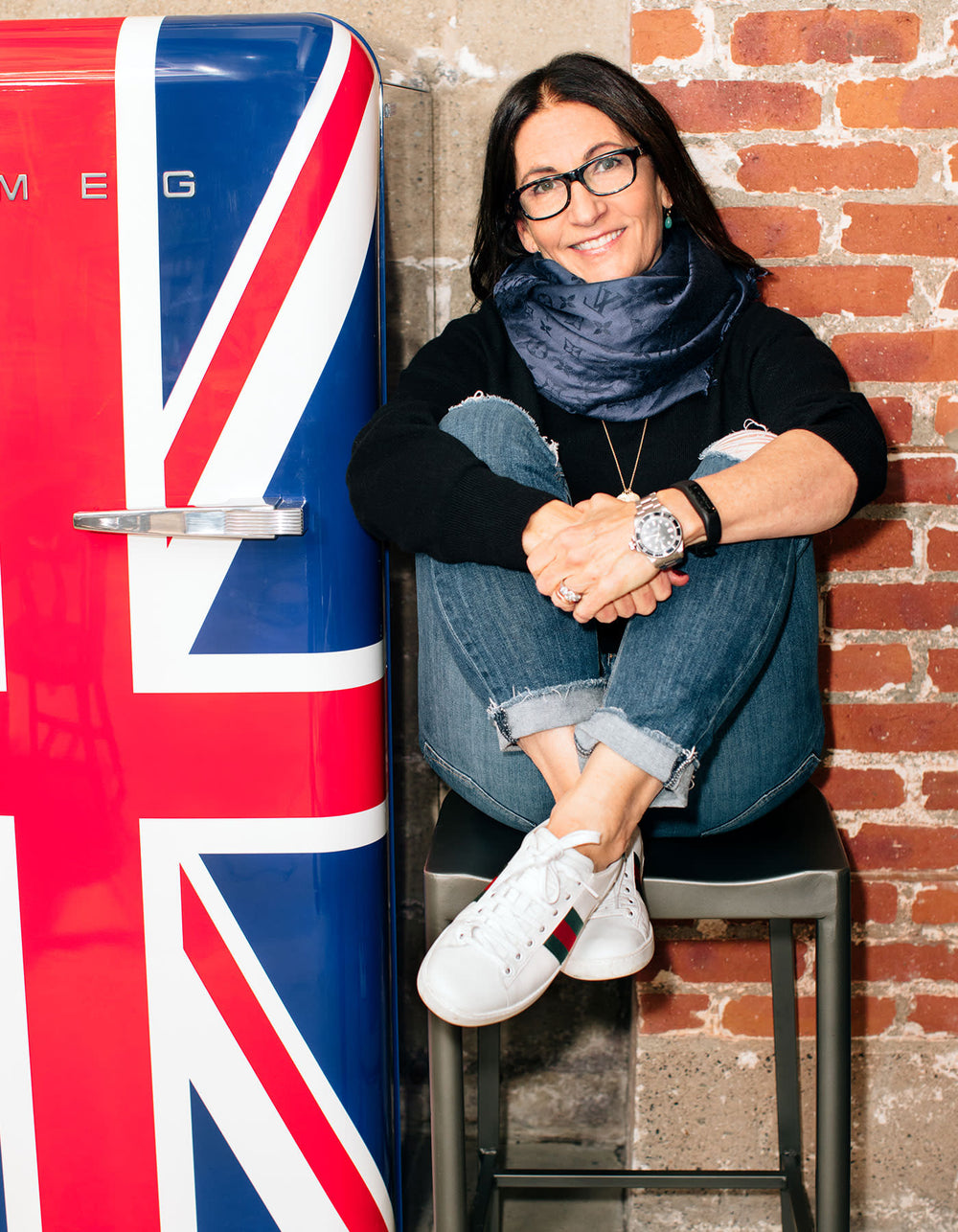Diary / Wellness / Sep 26, 2022
8 Ways to Lower Your Breast Cancer Risk: An Expert Weighs In
Written by: Sara Bliss

Dr. Nancy Elliott knows that most women aren’t getting adequately screened for breast cancer and she wants to change that. “Just getting a mammogram isn’t enough,” reveals Dr. Elliott. “Mammograms don’t detect all breast cancers.” Dr. Elliott founded the Montclair Breast Center to offer women more comprehensive screening options by radiologists and doctors whose only focus is breast health.
Her approach which includes utilizing additional tools like ultrasounds and MRIs is working, last year the 33 cancers that they were detected out of her 5000 patients were all Stage 1 or Stage 0, making them much more curable. “We have a 100% early detection rate,” she explains. “I want women to not fear breast cancer,” says Dr. Elliott who believes that education and the right screening methods can make the difference. For Breast Cancer Awareness month, Dr. Elliott shares her advice for how to lower your breast cancer risk.
Know who is reading your mammogram.
Make sure the facility you go to has a dedicated breast imager. Dedicated specialists who only read mammograms are twice as effective as finding breast cancer. If you have a general radiologist reading your mammogram they are missing half of the breast cancers.
Know your lifetime risk.
Factors like dense breasts, delaying childbirth until age 30, early period, late menopause, being overweight, family history, and alcohol consumption are all factors which raise your breast cancer risk. Just by having dense breasts for example, your risk is quadrupled and it is harder to find breast cancer on a mammogram. If you have dense breasts or an inherited genetic mutation or a higher risk overall, you will need more in-depth screening. To find out your risk, you can discuss these factors with your doctor. There are also breast risk calculators online like the Gail model.
Get a 3D mammogram.
3D Mammograms have been around for the past five years and they find more breast cancers. At the Montclair Breast Center, we find at least two or three additional breast cancers every year because we have 3D mammography.

Make sure your mammogram is read immediately.
It is better to get your results at the time of your visit— not days later. If there is the slightest abnormality on your film, if it is blurry or they didn’t get all the tissue, then it should be redone immediately. That’s a better mammogram! Women have to be more demanding and ask to make sure everything is OK before they leave the mammography center.
Get an Ultrasound or MRI.
Of the 33 breast cancers that we found last year, only half were found through a mammogram. The other half were found via an ultrasound, MRI, and clinical exam. Half were Stage 1 and half were Stage 0, which is a wow and because of these additional methods. MRI of the breast will find 99% of the breast cancers that are there. The only reason more women don’t get it is cost. However, if you meet criteria as high risk, your insurance will cover the MRI.
Exercise regularly.
You can’t have healthy breasts unless you have a healthy body. Exercise reduces risk of breast cancer while having a BMI that is overweight increases risk. You reduce your risk 1% for every 10 pounds you lose.
Take vitamin D.
There is some correlation between Vitamin D and breast cancer. Take 2000 units D3 daily and check your level.
Drink moderately.
Five glasses of wine a week. That’s the most I would go. Try to make it a weekend thing, not a daily habit.
 Miracle Balm
Miracle Balm
 The Face Pencil
The Face Pencil
 What The Foundation
What The Foundation


